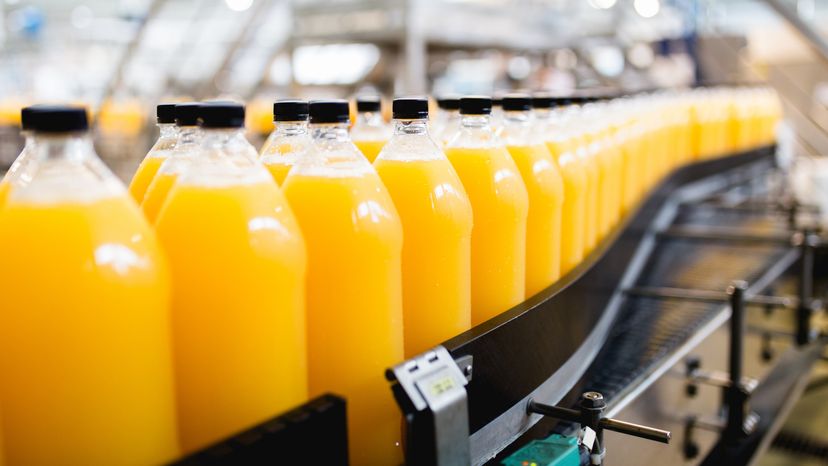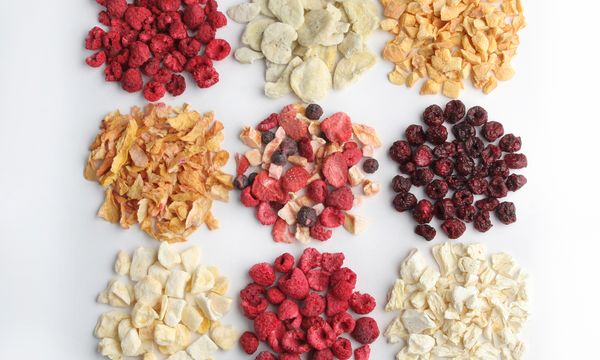
Even the biggest giants in food manufacturing can't afford to rest on their laurels. Consumer tastes change constantly: Suddenly sour is the new salty, or sweet is no longer sweet enough. Segments of the population with particular tastes grow in size or increase their purchasing power. Competitors replicate classic formulas or tweak them with new, exciting twists, driving old, unpopular flavors out of business. In order to stay one step ahead of changing food fashions, manufacturers turn to flavorists. Flavorists are food scientists who combine chemistry and artistry to concoct the perfect flavors.
Their work often requires months of tinkering and tests to concoct a single viable flavoring or flavor additive. This is because flavor is much more than strict gustatory sensation. While taste is a chemical sense perceived by receptor cells and interpreted by the brain, flavor is a combination of gustatory, olfactory, tactile, thermal and even painful stimuli. Flavor is the taste of food, as well as its smell, texture and consistency.
Advertisement
However, during the manufacturing process, a food's flavor can alter or break down. Some flavors need to be replaced while others are added to enhance taste or create new products. Flavorings are one type of food additive, a larger group that also includes nutritional additives, processing agents, preservatives and sensory agents. There are at least 1,200 flavor compounds available commercially, each composed of chemicals or chemical blends [source: Encyclopaedia Britannica].
These chemicals can come from either natural or synthetic sources. Chemicals from natural sources become natural flavoring, while synthetic chemicals make artificial flavoring. The legal distinction between the two types of flavoring is clear: Natural flavors must be derived strictly from "a spice, fruit or fruit juice, vegetable or vegetable juice, edible yeast, herb, bark, bud, root, leaf or similar plant material, meat, seafood, poultry, eggs, dairy products, or fermentation products" [source: Electronic Code of Federal Regulations].
Aside from their sources, the chemicals that compose flavorings are the same. Flavor is too precise for there to be variation in its building blocks. If artificial and natural flavorings used different chemicals, they wouldn't produce the same flavor.
But how do flavorists create flavors? In the next section, we'll learn about flavor science.
Advertisement

